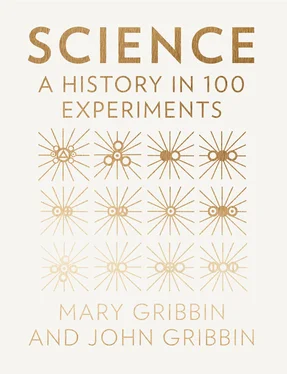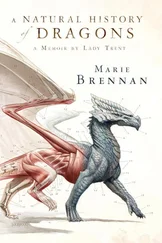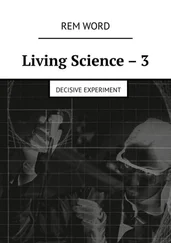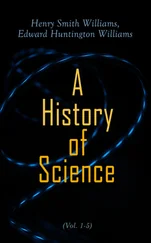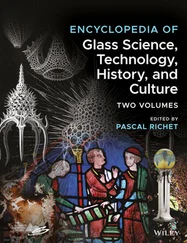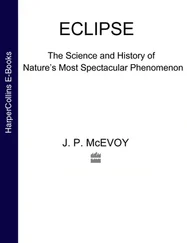
© Paul D. Stewart/Science Photo Library
Charles Darwin’s illustration, from his book Fertilisation of Orchids , of Cypripedium (slipper orchid, Paphiopedilum), beneath a photograph of an early variety of Sandford orchid cultivar.
Gravity provides another example of how science works. Newton’s theory passed every test at first, but as observations improved it turned out that the theory could not explain certain subtleties in the orbit of Mercury, the closest planet to the Sun, which orbits where gravity is strong – that is, where there is a strong gravitational field. In the twentieth century, Albert Einstein came up with an idea, which became known as the general theory of relativity, that explained everything that Newton’s theory explained, but which also explained the orbit of Mercury and correctly predicted the way light gets bent as it passes near the Sun (see here). Einstein’s theory is still the best theory of gravity we have, in the sense that it is the most complete. But that does not mean that Newton’s theory has to be discarded. It still works perfectly within certain limits, such as in describing how things move under the influence of gravity in less extreme circumstances, in the so-called ‘weak field approximation’, and is fine for calculating the orbit of the Earth around the Sun, or for calculating the trajectory of a spaceprobe sent to rendezvous with a comet.
Contrary to what is sometimes taught, science does not proceed by revolutions, except on very rare occasions. It is incremental, building on what has gone before. Einstein’s theory builds on, but does not replace, Newton’s theory. The idea of atoms as little hard balls bouncing off one another works fine if you want to calculate the pressure of a gas inside a box, but has to be modified if you want to calculate how electrons jumping about within atoms produce the coloured lines of a spectrum of light. No experiment will ever prove the theories of Einstein or Darwin ‘wrong’ in the sense that they have to be thrown away or require us to start again, but they may be shown to be incomplete, in the way Newton’s theory was shown to be incomplete. Better theories of gravity or evolution would need to explain all the things that the present theories explain, and more besides.
Don’t just take our word for it. In his book Quantum Theory , Paul Dirac, possibly the greatest genius of the quantum pioneers, wrote: ‘When one looks back over the development of physics, one sees that it can be pictured as a rather steady development with many small steps and superposed on that a number of big jumps. These big jumps usually consist in overcoming a prejudice … And then a physicist has to replace this prejudice by something more precise, and leading to some entirely new conception of nature.’ 3
All of this should be clear from the selection of experiments that we have chosen in order to mark the historical growth of science, starting with a couple of those rare pre-1600 exceptions that did amount to more than mere philosophising, and coming up to date with the discovery of what the Universe at large is made of. This choice is necessarily a personal one, and limited by the constraint of choosing exactly 100 experiments. There is so much more that we could have included. But one obvious feature of the story, which we realized as we were researching this book, is not a matter of personal choice, but another example of the way science works. Some of the experiments reported here come in clusters, with several in a similar area of science in a short span of time – for example, in the development of atomic/quantum physics. This is what happens when scientists succeed in ‘overcoming a prejudice’. When a breakthrough is made, it leads to new ideas (new ‘guesses’, as Feynman would have said, but, crucially, informed guesses) and new experiments, which tumble out almost on top of each other until that seam is exhausted.
A problem for the non-specialist is that the information on which those guesses are based is itself based on the whole edifice of science, a series of experiments going back for centuries. The vacuum in the Large Hadron Collider has its origins in the work of Evangelista Torricelli in the seventeenth century (see here). But Torricelli could never have imagined the existence of the Higgs particle, let alone an experiment to detect it. The first steps in such a series are relatively easy to understand, even for non-scientists, not least thanks to the successes of science over the years. It is now ‘obvious’ to us that objects with different weight will fall at the same rate, just as it was ‘obvious’ to the ancients that they would not. But when it gets to the Higgs particle and the composition of the Universe, unless you have a degree (or two) in physics, it may be far from obvious that the story makes sense. At some level, things have to be taken on trust. But the key to that trust is that everything in the scientific world view is based on experiment, by which term we include observations of phenomena predicted by theories and hypotheses, such as the bending of light as it goes past the Sun (see here). If you find that some of the concepts described here fly in the face of common sense, remember what Gilbert said. They may ‘seem hard to accept, being at variance with the general opinion’; but they ‘win authoritativeness from the demonstrations [experiments] themselves’. And above all, if it disagrees with experiment, it is wrong .
*The term ‘scientist’ was not coined until much later, but we shall use it for convenience to describe all the thinkers or ‘natural philosophers’ of centuries past.
| No. 1 |
THE UPWARD THRUST OF WATER |
One of the first, and most famous, scientific experiments was carried out by Archimedes, who lived in the third century BC. Not much is known about Archimedes’ personal life, but it seems that he was a relative of King Hieron II of Syracuse, in Sicily, and, after extensive travels, he settled down as the King’s astronomer and mathematician. According to legend, King Hieron had a new crown, probably in the form of a laurel wreath, made for him from a bar of gold he supplied to the jeweller, to give as an offering to the gods in a temple. He suspected that the jeweller had kept some of the gold and mixed in cheaper silver instead to make up the same weight for the crown. This would be a doubly serious matter; not only would the king be cheated, but the gods might be offended at being given an inferior offering. So Hieron ordered Archimedes to find out if the crown was made of pure gold – without, of course, damaging it in any way. Archimedes had no idea how to do this, and worried about the problem for days. Then, when stepping in to a bath filled to the brim, he noticed how the water slopped over the side as it was displaced by his body. The story has come down to us from Vitruvius, a Roman architect, in a book written two centuries after Archimedes had died. We do not know where he got it from, but this is where we get the image of Archimedes immediately realizing how to test the crown, and becoming so excited that he ran out into the street, naked and wet, shouting ‘Eureka!’ (‘I have found it!’).
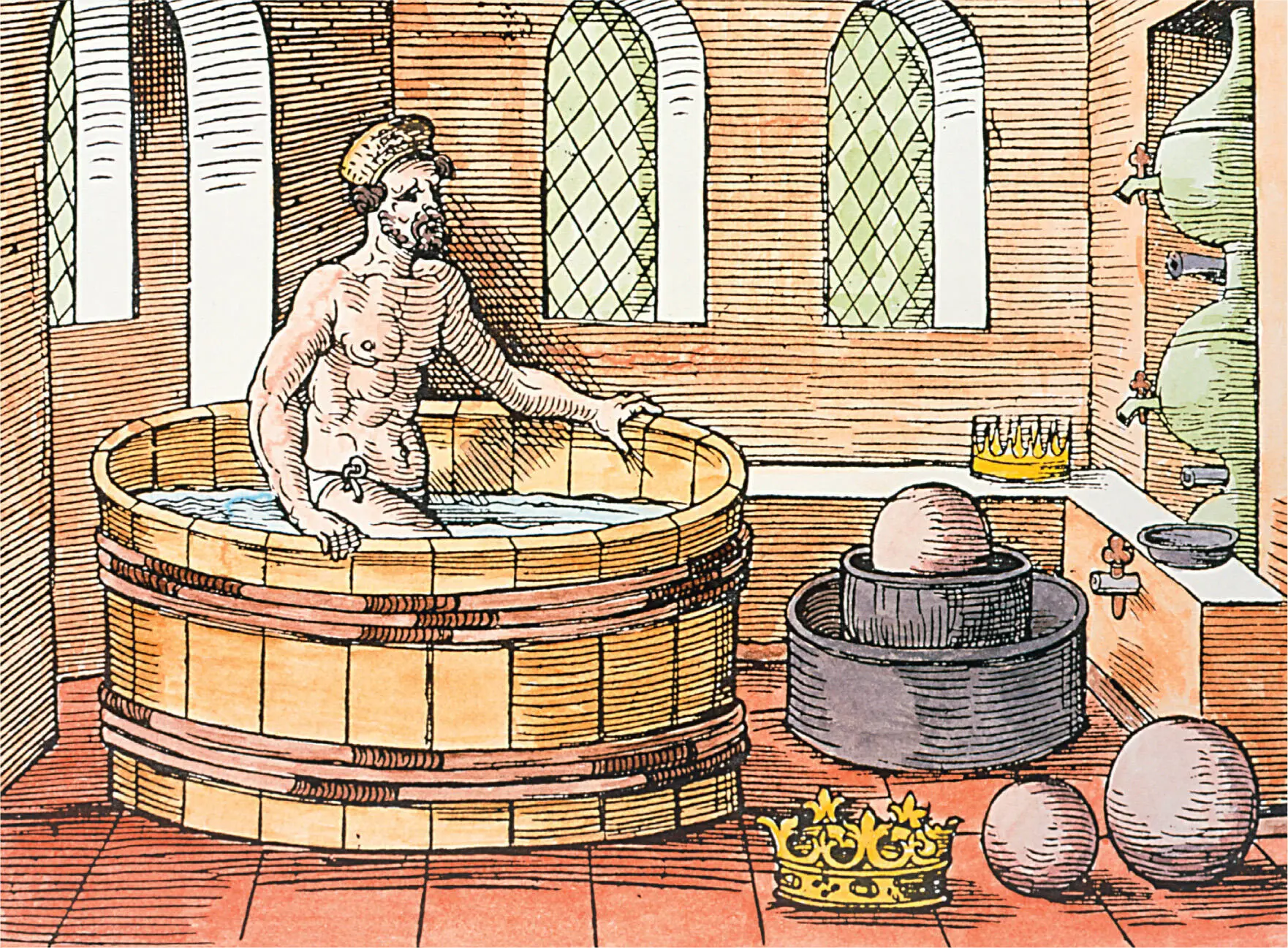
© Science Photo Library
An imaginative portrayal of the Greek mathematician and physicist Archimedes (287–212 BC) in his bath. Archimedes showed that an object immersed in a fluid is supported with a force equal to the displaced fluid’s weight (Archimedes’ principle).
Читать дальше
